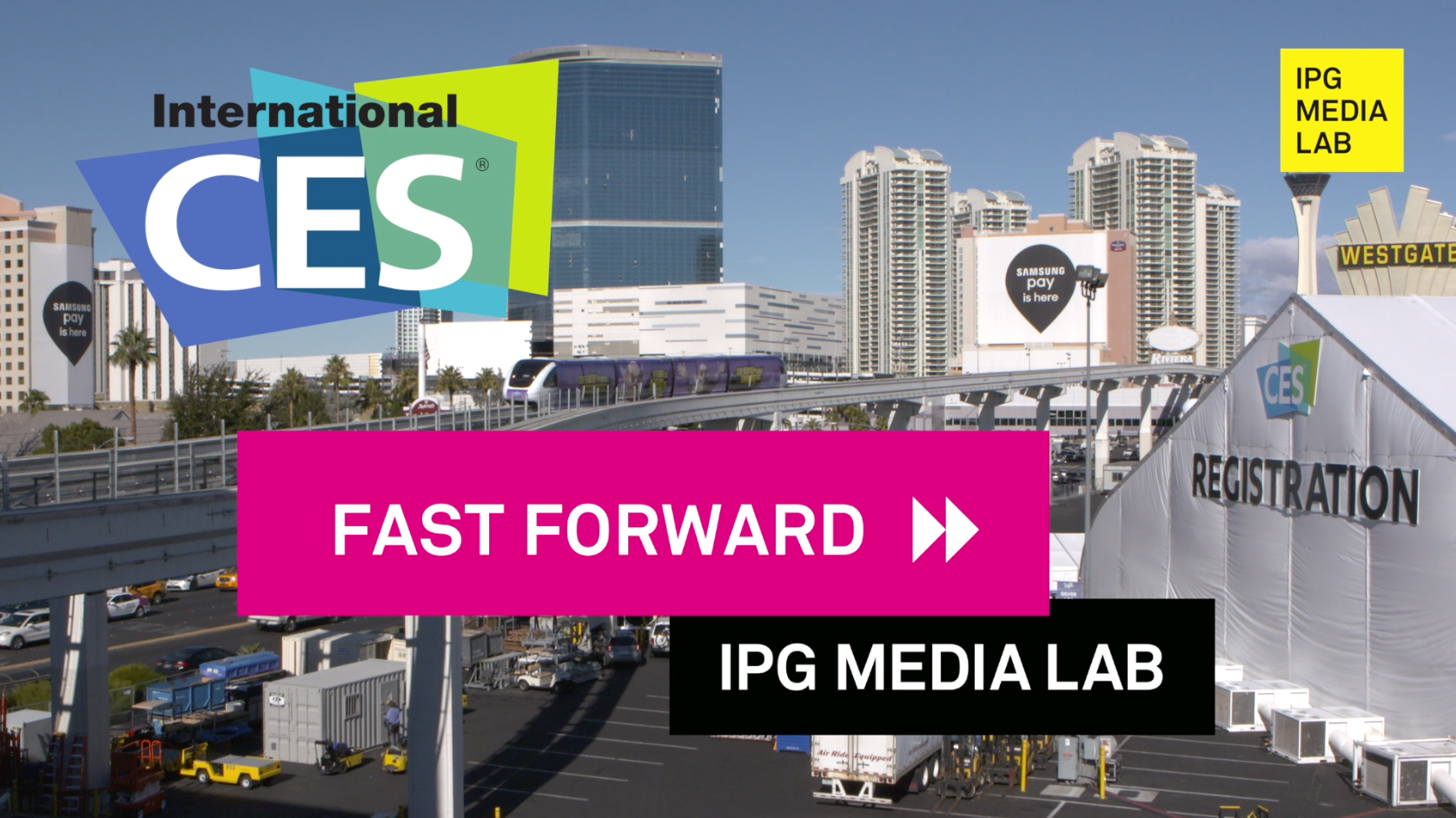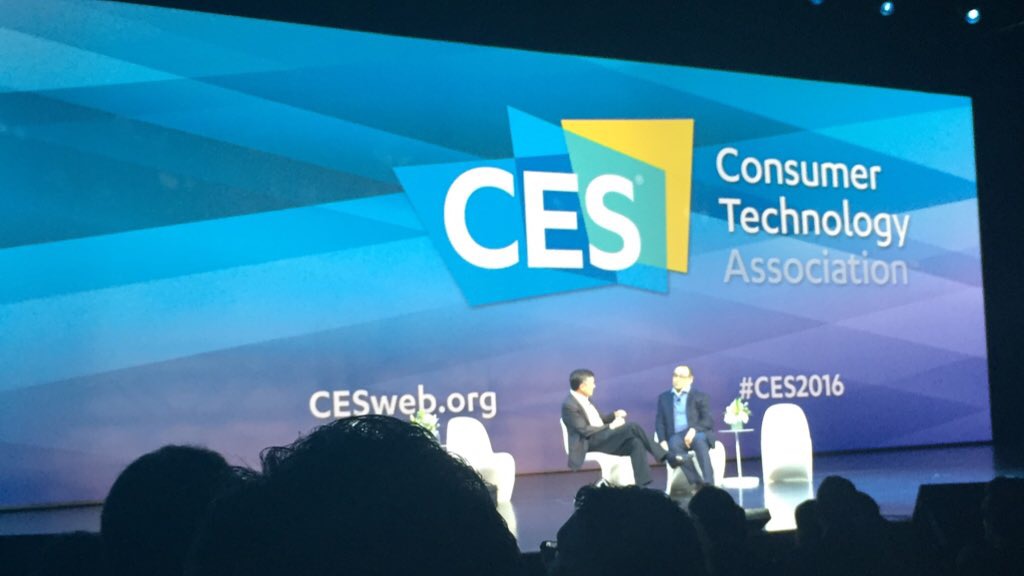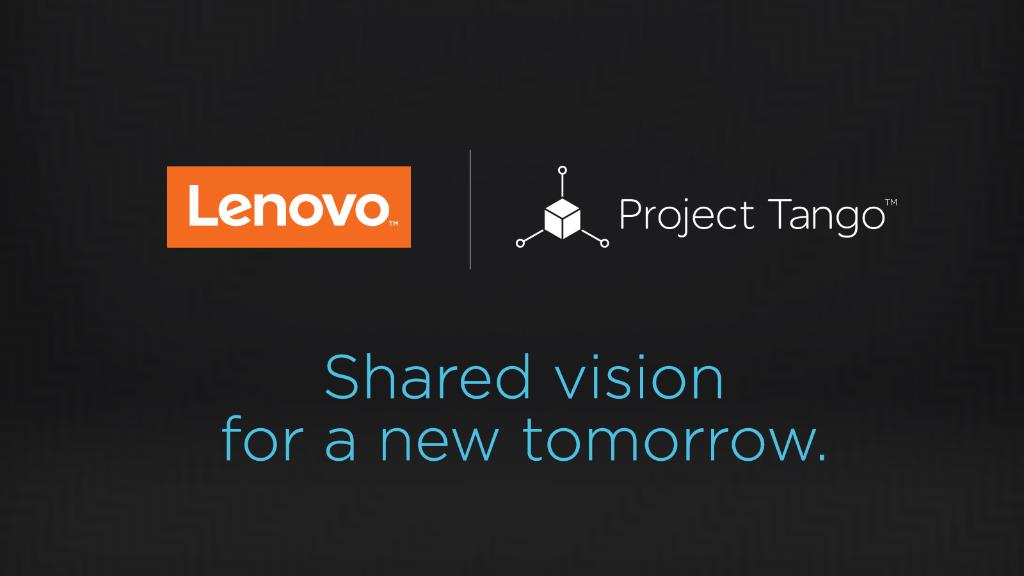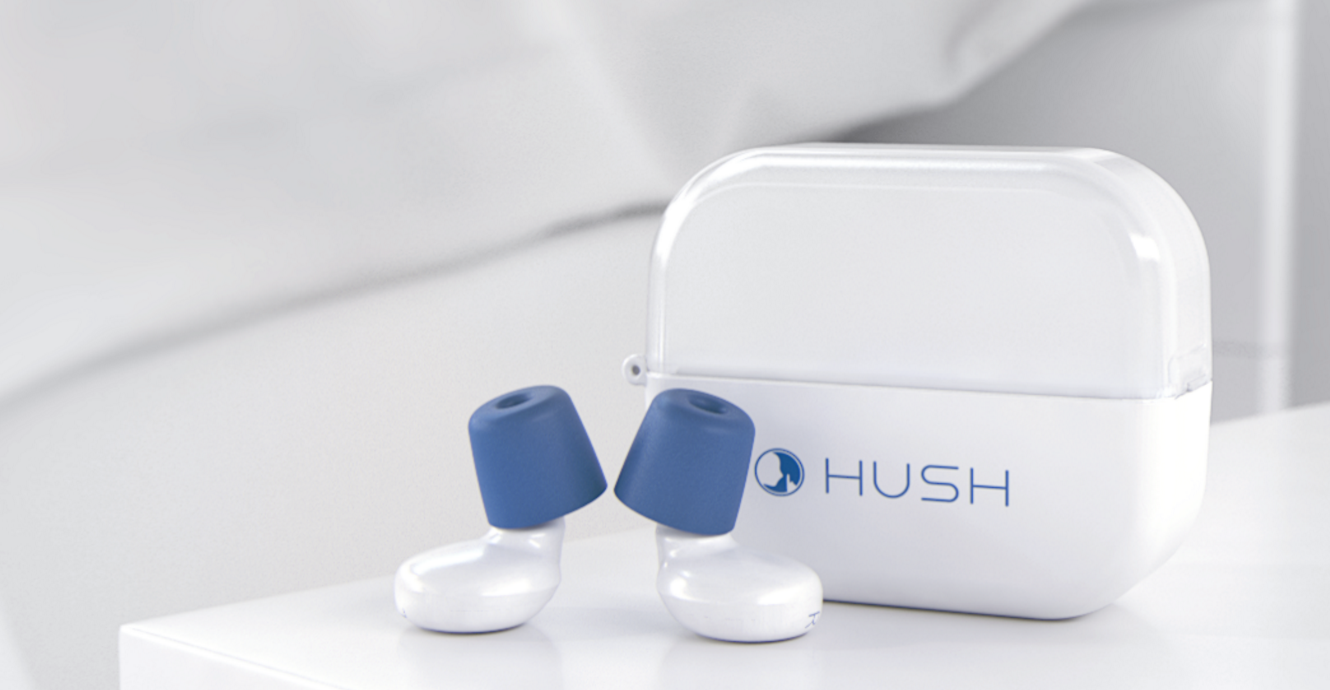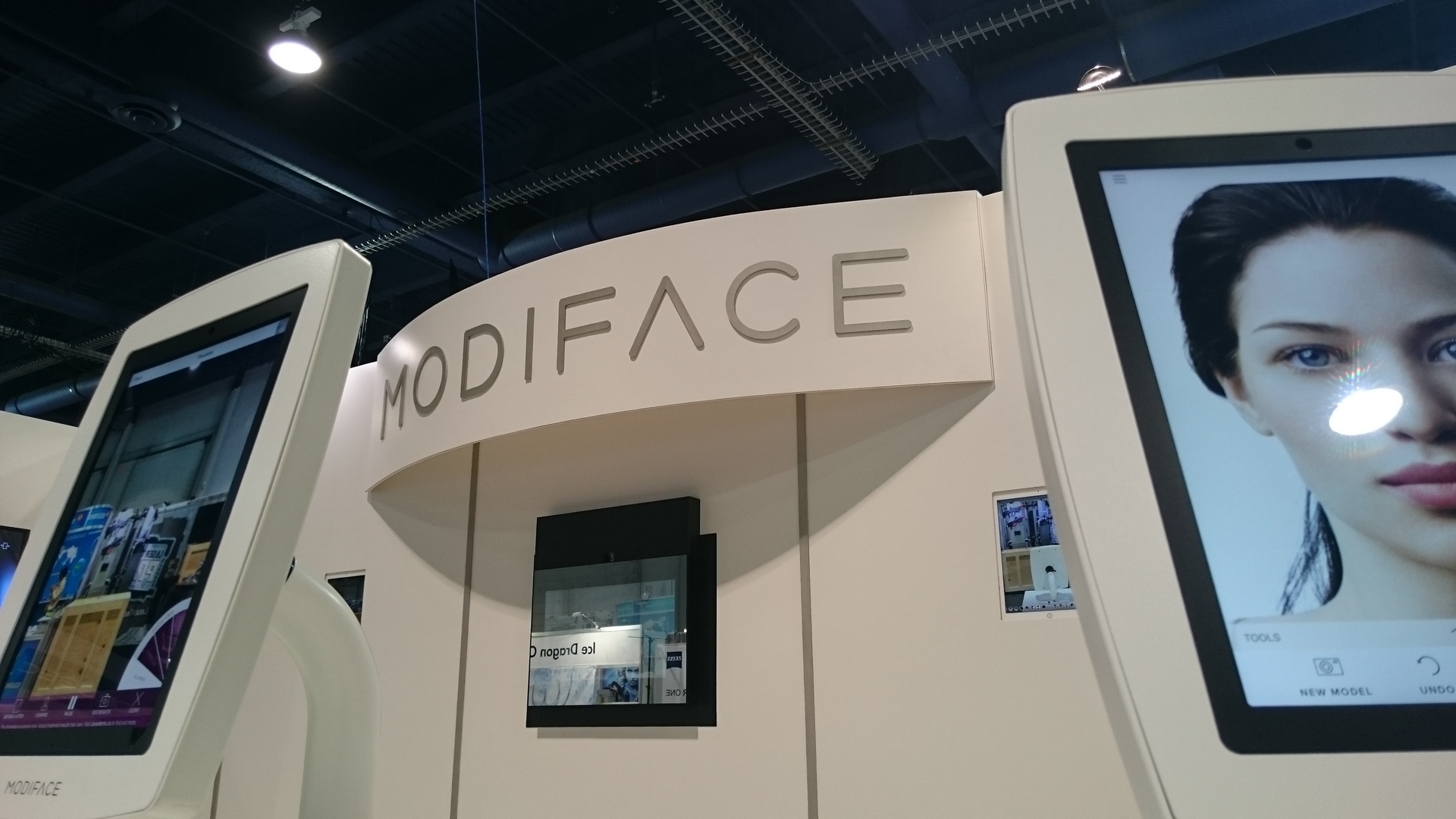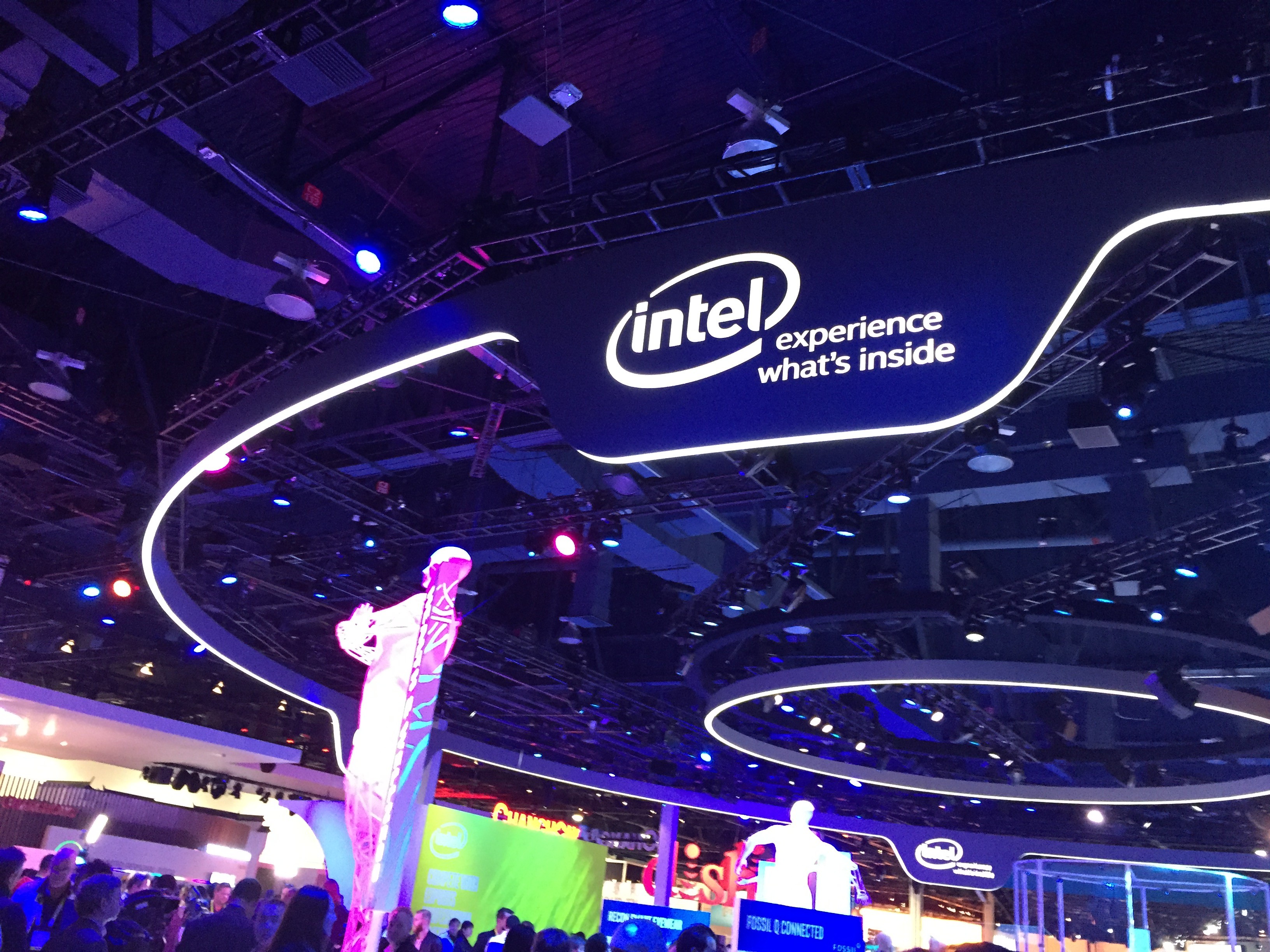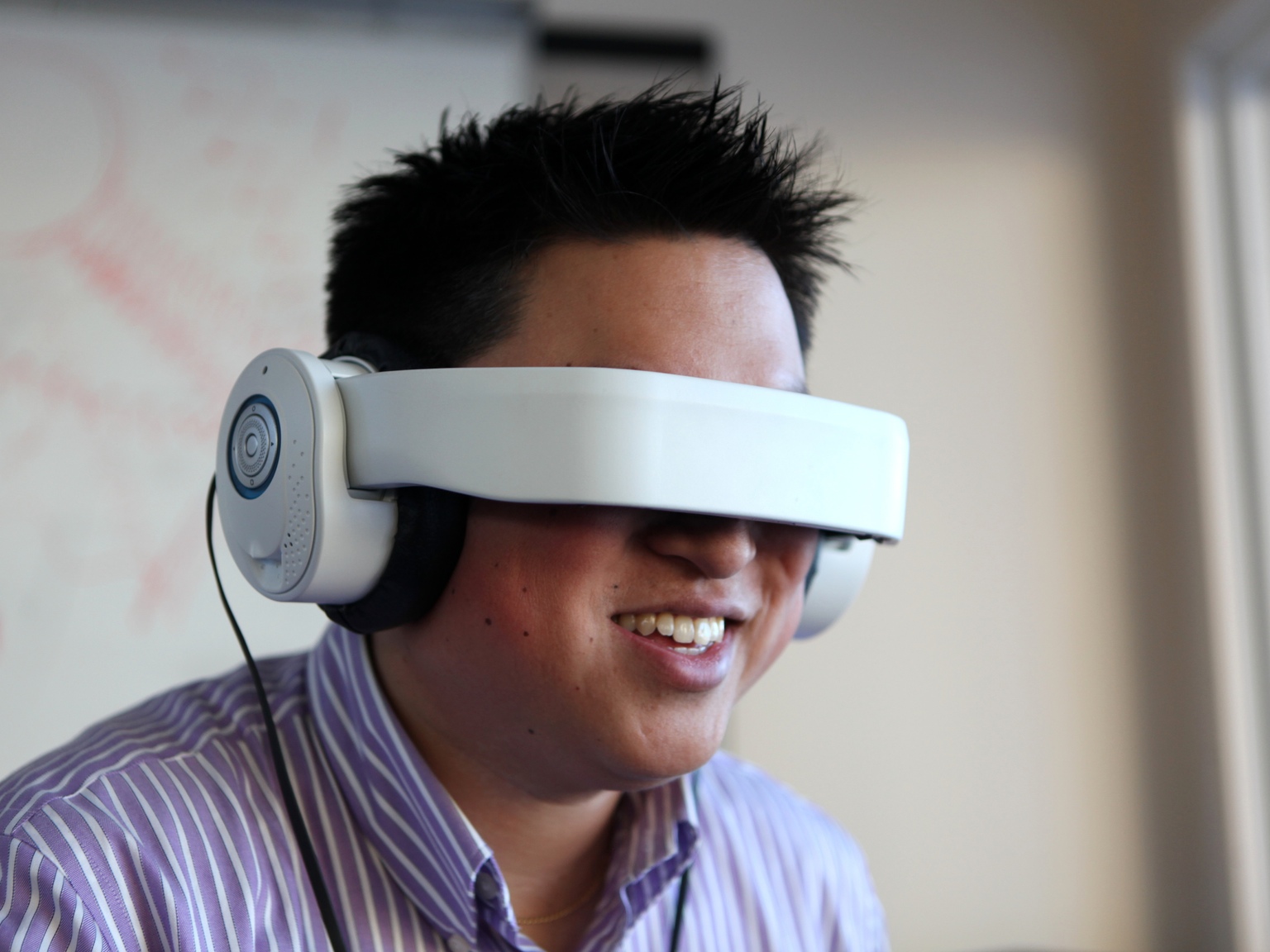This is a special edition of our Fast Forward newsletter, bringing you a summary of the major trends we spotted last week at CES 2016. A fast read for you and a forward for your clients and team.
CES 2016 may be over, but the technologies showcased in Las Vegas last week will no doubt continue to impact the market in the coming months. Here, we highlight the most important market trends we saw and what your brand can do in response.
What We Saw
Televisions used to be the focus of CES, and this year a ton of manufacturers rolled out High Dynamic Range sets, adding better color and contrast to their 4K displays. But the real innovation in television is happening in software and distribution, with Netflix expanding to a hundred and thirty new countries, and nearly every set-top interface supporting universal search across cable and streaming services.
This year cars took over CES. What used to be dominated by the aftermarket is now filled with OEMs. Last year, the story was all about driverless cars. And while that’s still present, this year manufacturers are eager to tell you how quickly they’re transitioning to electronic vehicles. Cars are becoming less like machines, and more like smartphones on wheels.
If a device has any electronics, you can assume that there’s a connected version, but not all of them are quite what we’d call “smart”. Some of the best connected devices were Whirlpool’s new washing machine, which can automatically reorder detergent from Amazon when you’re running low, and Samsung’s Family Hub fridge, which takes a photo of its contents every time you close it, so you never have to wonder if you ran out of milk.
Virtual reality was still in high demand at CES, with Oculus opening pre-orders for its Rift headset on the first day of the show and both Sony and HTC expected to launch their devices later this year. While there were still long lines to demo the major VR headsets, this year we saw even more hardware to create it. Cameras to shoot in 360-degrees were all over the show floor.
And of course, drones were everywhere at this year’s show. Drones that pilot themselves, drones that follow you, and drones that go faster, farther, or behave more like pets. Even a drone that will carry you. This year also saw the announcement that Nevada would house the world’s first droneport by 2018, designed to train and license the workforce of the future.
For more industries and actionable suggestions for your brand (like the two following examples), check out our CES 2016 Fast Forward playlist here.
For Automotive Brands:
Auto brands should capitalize on increased availability of 360-degree videos, which can now be viewed on Facebook and YouTube as consumer-grade 360 cameras grow in popularity. They are perfect for viewing car interiors. 3D printers are also now cheap enough that consumers will adopt them or otherwise have access. Providing 3D models of popular and aspirational cars can let fans download and print them out. Encouraging a community of enthusiasts to modify those models with their own suggestions could build brand engagement and loyalty.
For Entertainment Brands:
For content owners and distributors, Cisco showed off their cloud video delivery platform that allows instant interface updates across cable boxes, phones, and tablets. With the incredible proliferation of content, experiments around discovery are more important and now much easier.
Entertainment brands have a lot to think about as the industry quickly evolves. Integrating OTT services that promote co-viewing like Genii’s Cast can help engagement and reach. Offering downloadable content for fans to 3D print their favorites at home, as SyFy did with characters and habitats from The Expanse, can help spread the love. And as 360-degree videos get adopted both as a new form of consumption on Facebook and YouTube and on new cameras like the Ricoh Theta S, consumers will crave more from the pros.
What You Can Do
For more industries and actionable suggestions for your brand, please check out our CES 2016 Fast Forward playlist here.
And that was CES 2016! We hope you find something useful in our recap of this year’s biggest tech event. We’ll be back next year to help you sort through the rubble. In the meantime, look out for our Fast Forward updates and events, and reach out to our Client Services Director Samantha Barrett ([email protected]) if you’d like to schedule some time with The Lab in person.
For previous editions of Fast Forward, please click here.
